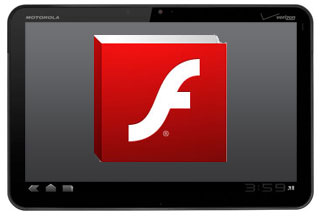 For awhile now, I’ve been battling some maddeningly persistent, mysterious technical gremlins that have infested my MacBook Air. The machine would work just great. Then, without warning, it would get miserably slow–the cursor would turn into a spinning beach ball, apps would refuse to respond either briefly or until I rebooted, and the fan would go on full-blast.
For awhile now, I’ve been battling some maddeningly persistent, mysterious technical gremlins that have infested my MacBook Air. The machine would work just great. Then, without warning, it would get miserably slow–the cursor would turn into a spinning beach ball, apps would refuse to respond either briefly or until I rebooted, and the fan would go on full-blast.
I repaired the solid-state disk using Apple’s Disk Utility. I cleared my caches. I blamed my browser and switched to another one. (At various points, I’ve used Safari, Chrome, and, most recently, Firefox as my primary browser.) Some of these tactics seemed to help–emphasis on “seemed”–but they didn’t resolve the situation permanently.
When the Mac was in one of its moods, it was no fun at all. That’s one reason why I’ve found myself using my iPad 2 (equipped with a Zagg keyboard) more often than the Air over the past three months. But I never stopped wanting the Mac to work better.
Then it struck me. The iPad, unlike any Mac or Windows PC I’ve ever used, is pretty much bulletproof. It doesn’t get bogged down. It has no equivalent of the spinning beach ball. Even its worst technical problems can almost always be fixed by powering it down.
And–in case you hadn’t heard–it doesn’t run Adobe’s Flash. New Macs don’t come with Flash, but I reflexively installed it on mine.

 So it’s
So it’s  When I think of Flash gaming, I usually picture colorful sprites on 2D backgrounds in games like FarmVille and Bejeweled. But that may change with Epic Games bringing its Unreal 3 engine to Adobe Flash.
When I think of Flash gaming, I usually picture colorful sprites on 2D backgrounds in games like FarmVille and Bejeweled. But that may change with Epic Games bringing its Unreal 3 engine to Adobe Flash.


